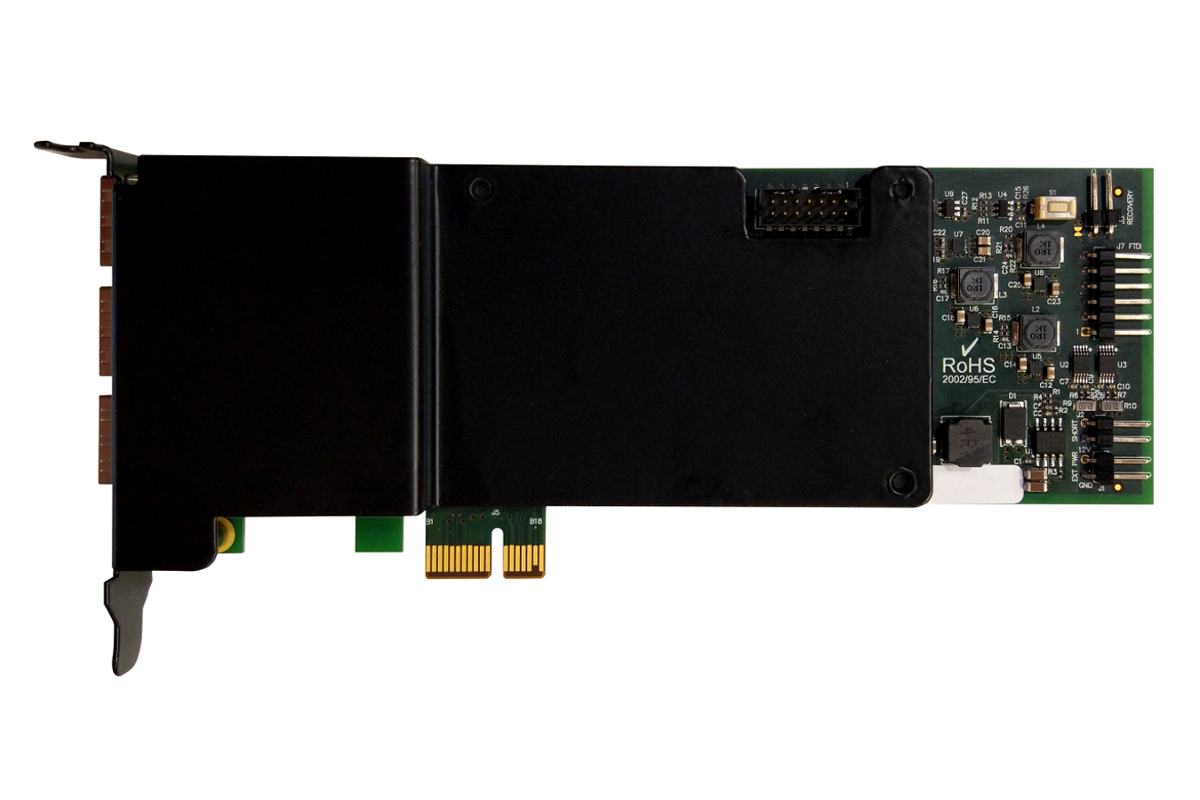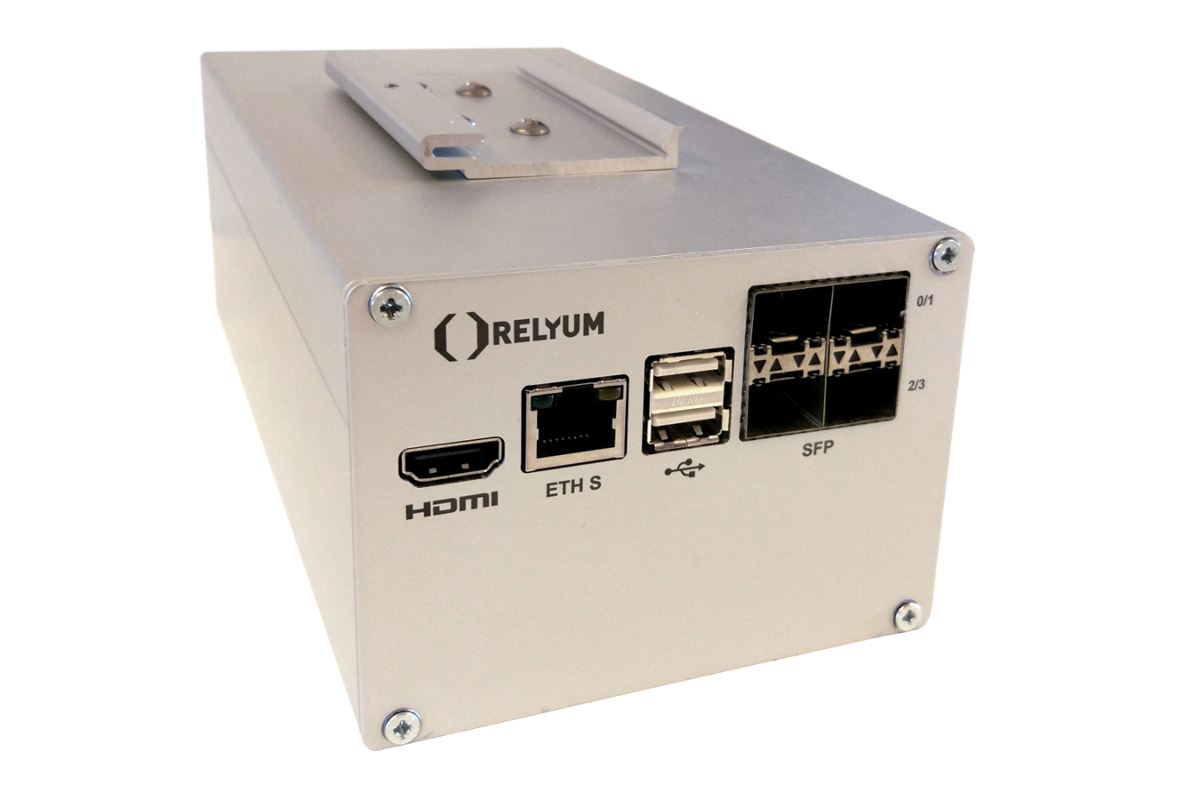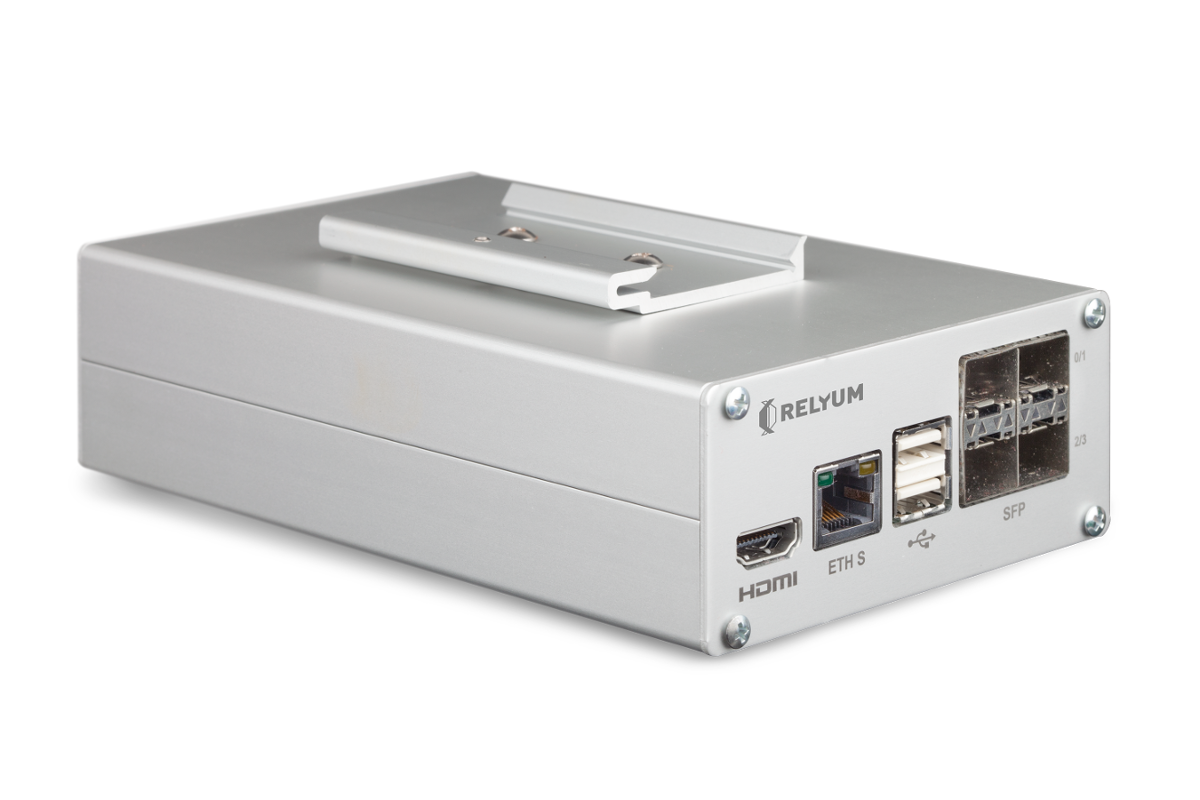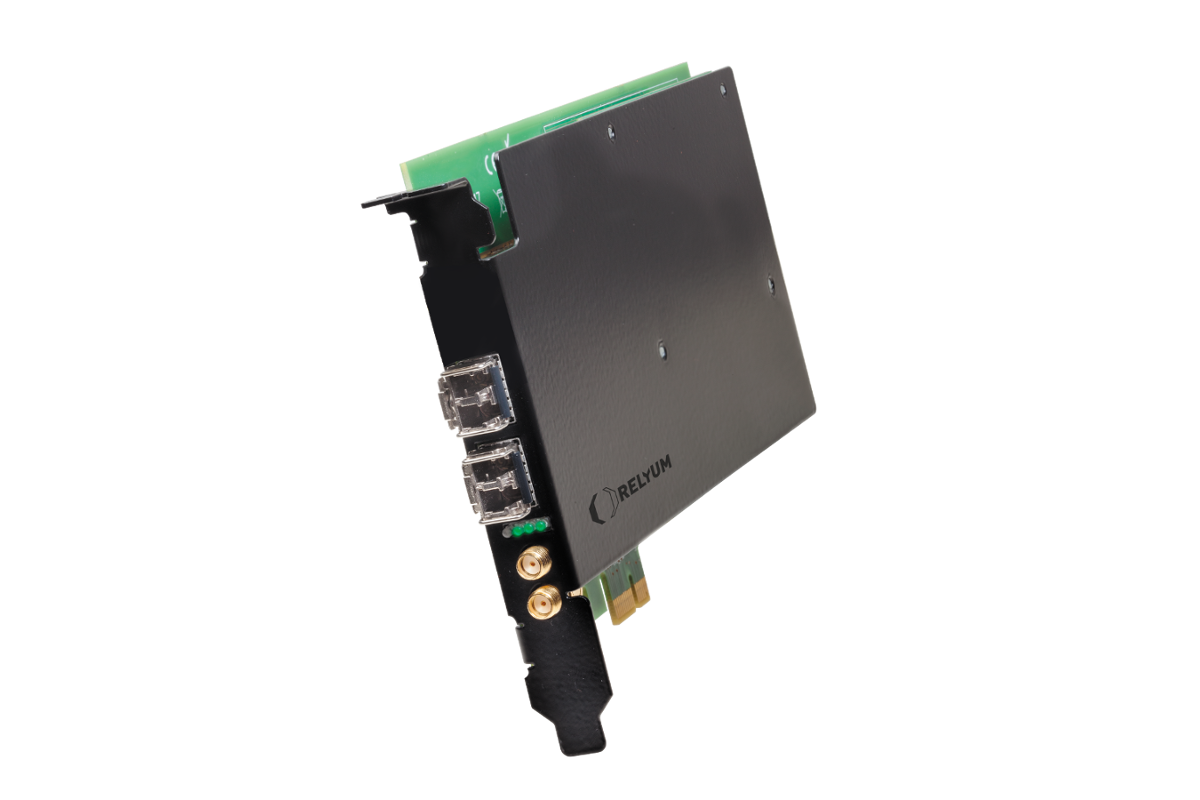
Nowadays, high-availability networks for critical systems is a must. From the technical point of view, the most advanced solutions ensure non-packet-loss in case of single network failure and “Plug & Work” operation. Additionally, customers demand interoperable and standardized solutions in order to avoid a proprietary vendor approach. In this sense, the International Electrotechnical Commission (IEC) has worked intensively to define High-Availability Ethernet based solutions. The two protocols that ensure zero-delay recovery time in case of a network failure are: High-availability Seamless Redundancy (HSR, IEC 62439-3-Clause 5) and Parallel Redundancy Protocol (PRP, IEC 62439-3-Clause 4).
HSR provides redundancy by sending packets in both directions through a ring network. A simple HSR network consists in Doubly Attached Bridging Nodes, each having two Ethernet ports. A HSR node sends the same frame over both ports.
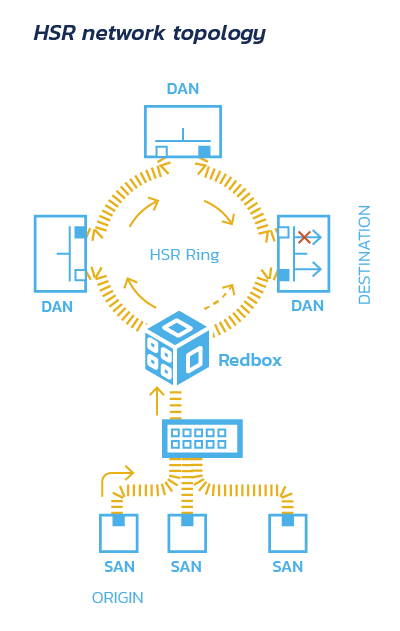
HSR offers high-availability and very short reaction time. In addition, the switching rules defined in the standard allow a simple way to calculate the delay in the communications for the Worst Case scenario, enabling the use of this protocol in applications that demand real-time.
PRP redundancy is implemented in the nodes rather than in the network. Especially adapted nodes (Dual Attached Nodes – DANs) are connected to two independent Ethernet networks (LAN A and LAN B) and send the same frames over both networks.
In a fault-free state, destination nodes consume the first received frame and discard the duplicated one. In case of a fault in one of the networks, the frames will still be transmitted and received through the other.
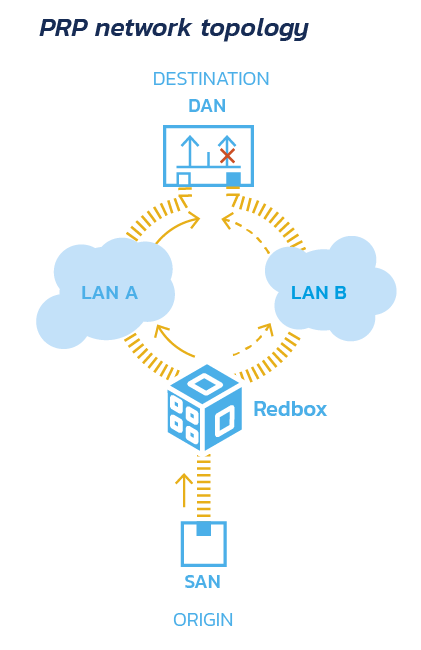
Non-PRP nodes can be attached to a single network, thus they communicate only with nodes attached to this network or connected to both networks through a Redbox.
To discover Relyum solutions for high-availability networks, click on the following link:
RELY-SYNC-HSR/PRP-PCIe: Time-aware Redbox-DAN PCIe NIC
RELY-RB: Time-aware Redbox Switch
RELY-REC: Time-aware Network Recorder

